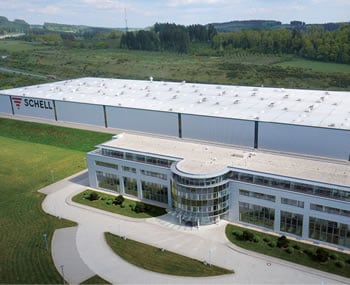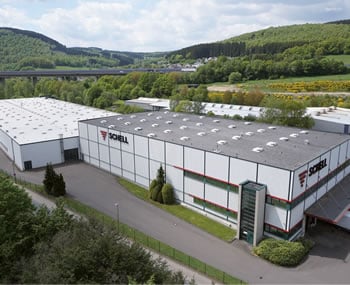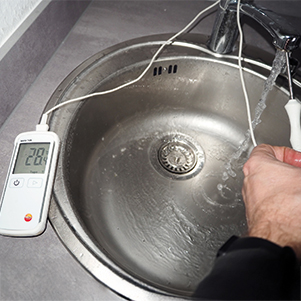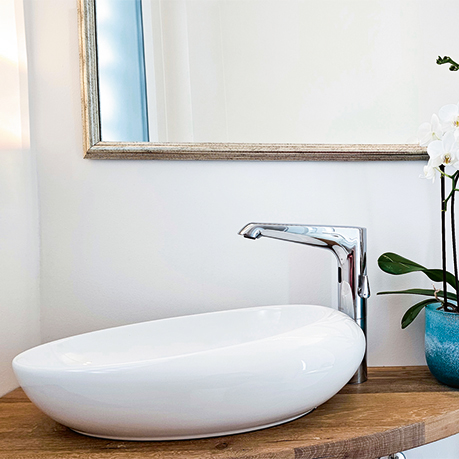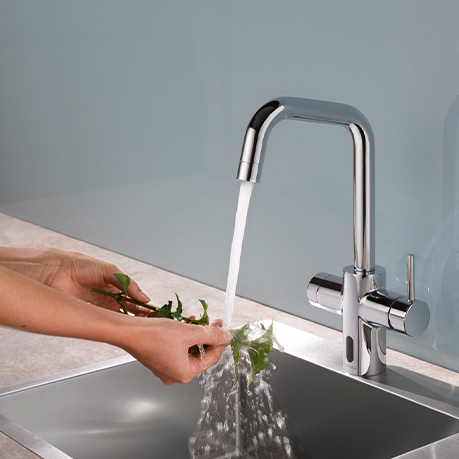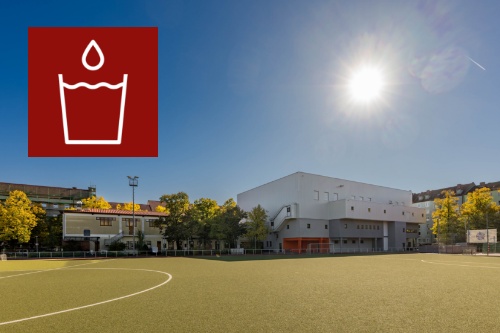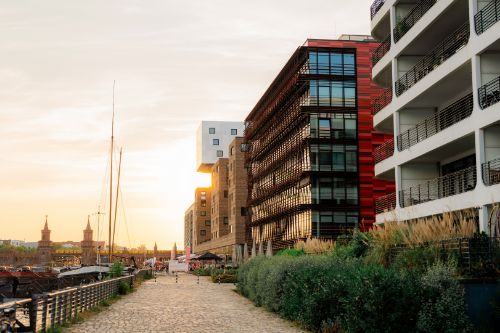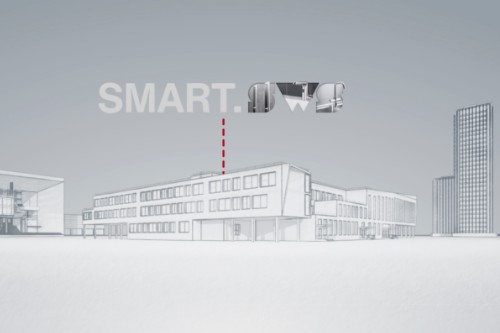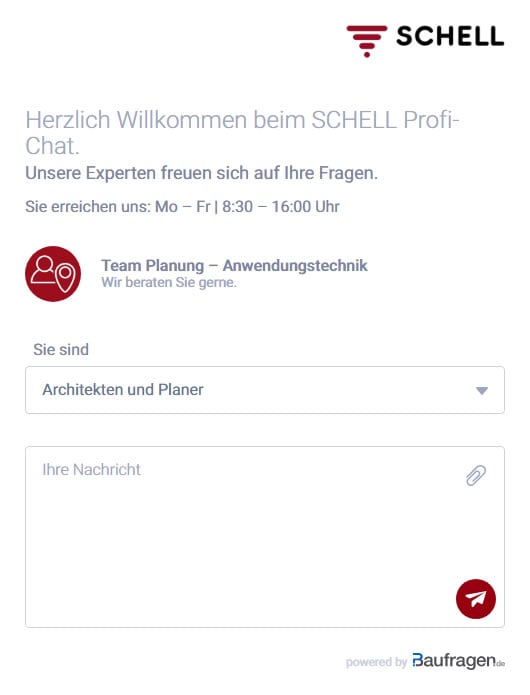Drinking water hygiene in apartment buildings: what do landlords and tenants need to know – especially during heatwaves?
Hot summer weather, empty apartments during holidays and cold water heating up in the piping – a cocktail of risks for drinking water hygiene. These conditions are highly favourable for the growth of Legionella. What impact does this have on drinking water hygiene in apartment buildings? Discover what’s really important, and what you can do as landlords or tenants to avoid dangerous concentrations of Legionella and excessive heating of the cold water system.
Hot summer weather as a threat to drinking water quality
Heating of the cold water supply
In well-insulated buildings, heat becomes trapped, allowing cold water to become heated significantly above 25 °C by warm ambient air and poorly routed piping. This temperature range – between 25 °C and 45 °C – is especially favourable for the growth of Legionella.
Heat build-up in apartments during holidays
Additional risks arise if apartments are left vacant during holiday periods, as the heat build-up from direct sunlight can be amplified by a lack of circulating air. This also heats up the cold water system in the apartment – especially if it is left unused for days on end.
Stagnation from a lack of use
We should bear in mind that a full exchange of water in the drinking water system should occur at least every 72 hours. If this period is exceeded – perhaps because the tenants are away on holiday or individual units are vacant – this increases the risk of bacterial contamination. Sections of piping to fittings that remain unused for lengthy periods offer Legionella ideal conditions for growth.
Especially problematic is the fact that the bacteria are not ingested from drinking water but inhaled. More precisely: they are breathed in via the tiny drops of water (aerosols) produced during showering or – as recently discovered – even at wash basins. As contaminated water is turned to mist, Legionella can enter the lungs and cause serious illness.
Hygiene risks from unused tapping points
If a shower, a wash basin or a guest WC is rarely used, the stagnating cold water may become exposed to additional heating from neighbouring hot water piping. This is a high-risk combination, especially with complex piping systems. The situation becomes even more critical in ‘luxury installations’, with their many tapping points and very long flow paths.
Additional challenges for landlords in apartment buildings
Investment costs for owners
In public or semi-public buildings, stagnation flushes can often be managed using automated systems, with networked fittings at all tapping points. This is much less practical in apartment buildings, where the installation of such systems at all tapping points – including showers – is technically complex and offers no economic benefits. Accordingly, instead of a fully networked system, we recommend the targeted use of individual electronic SCHELL fittings – such as in the guest WC or kitchen. This solution is much simpler to implement while still improving hygiene.
Sharing the costs of preventive measures with tenants
From experience, we know that many tenants are not prepared to accept additional costs – such as for preventive health measures – if they cannot see a direct benefit.
Safeguarding drinking water hygiene
Responsibilities of the owner
The German Drinking Water Regulation clearly assigns responsibility to owners here. Within the main parts of the drinking water installation, the owner must ensure that these never exceed critical concentrations of Legionella. Otherwise, every apartment performing an exchange of water would receive a ‘fresh’ supply of Legionella. However, only the tenant can ensure ‘specified normal operation’ in an apartment that is occupied.
Responsibilities of the tenant
Tenants must also contribute to good drinking water hygiene by ensuring the regular use of all tapping points. This duty should be clearly stated and ideally included in the tenancy agreement.
Targeted solutions: what preventive action can landlords take?
Targeted installation of electronic fittings
A simple yet effective approach is to install electronic contactless fittings at strategically important locations – such as in the guest WC or kitchen. These tapping points lie at either end of the apartment installation. If these are used regularly or included in automated flushing, the entire apartment supply and part of the main piping will be flushed clear. On returning from their holiday, all tenants need to do is let individual fittings ‘run for a while’. Nor is this a waste of water but a personal health precaution. And with a single exchange of a few litres of water every three days, this won’t make any difference to the annual water bill either. Personal, day-to-day water use will of course be significantly higher.
As can be seen, our electronic taps not only help to maintain drinking water quality but are also a welcome addition to the tenant’s home. Contactless fittings are modern, user-friendly and hygienic – and therefore offer real benefits for an apartment fit-out.
SCHELL’s range of electronic fittings for guest WCs and kitchens can be found here.
For owners, this solution is easy to cost:
- The upfront investment is moderate and reasonable.
- Installation effort is limited to individual locations: only a few fittings need to be replaced, and these can also be operated with batteries (battery life of approx. 3 years with roughly 150 uses – every day!).
- Regular use or the simple flushing of the fitting is sufficient to maintain hygiene in the affected section of piping.
Key recommendations for action at a glance
For landlords:
- Use electronic fittings in key locations: Contactless fittings from SCHELL in guest WCs and kitchens help to ensure the flushing of apartment/main piping sections – making an effective yet inexpensive contribution to drinking water hygiene.
- Optimise piping layouts: For new developments or renovations, ensure the clear separation of cold and hot water piping – especially in pre-walls. This avoids situations where cold water is accidentally heated by neighbouring hot water lines.
- Clarify responsibilities: Make sure your tenants are aware of the need for the regular use of all tapping points, especially in summer – ideally, include relevant clauses in the agreement.
For tenants:
- Ensure the regular use of all tapping points: Wash basins, sinks, showers and WCs should be flushed through every three days at the latest – even in rarely used rooms like guest WCs.
- After a longer period of absence: If returning from holiday or coming back to a vacant property, let the cold tap and then the hot tap run briefly before using them.
- Stay informed: Always check any information posted up or otherwise provided by building management – as this helps to maintain drinking water quality.
Smart prevention beats expensive repairs later
Stagnating water and high temperatures are not a summertime inconvenience but a serious health risk. Avoiding this risk is straightforward, however: with appropriate action and electronic fittings from SCHELL. Small investment – big effect: take appropriate action now, before stagnating, heated cold water turns into an urgent problem.
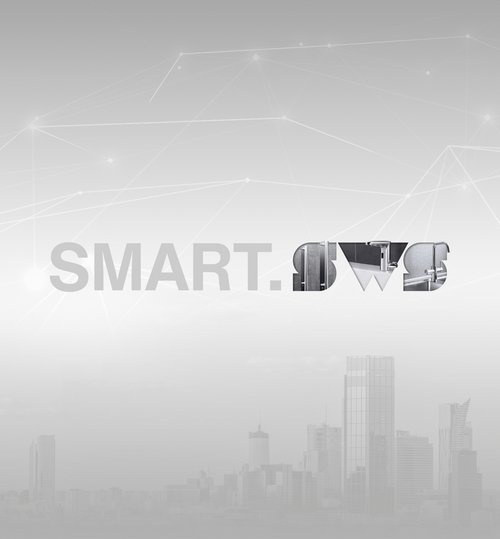
![[Translate to English:] [Translate to English:]](/fileadmin/_processed_/1/b/csm_symstemloesungen_e2_thumb_6bca267f26.jpg)
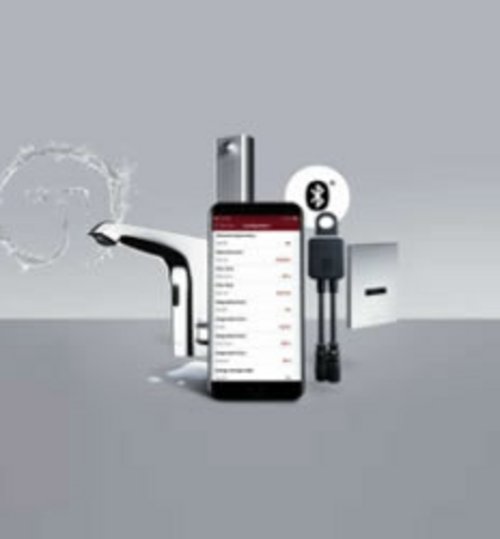
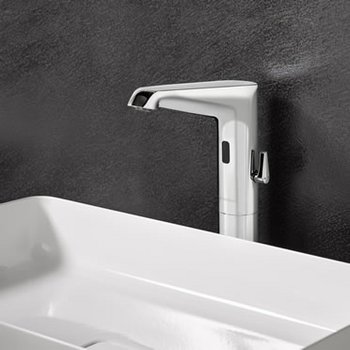
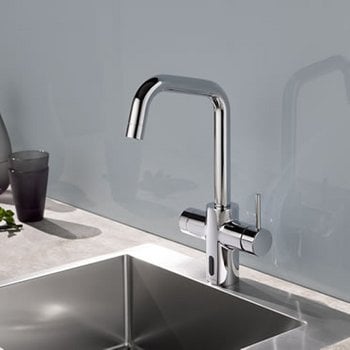
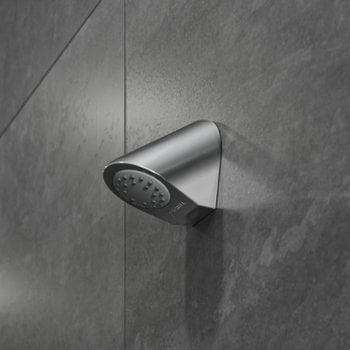
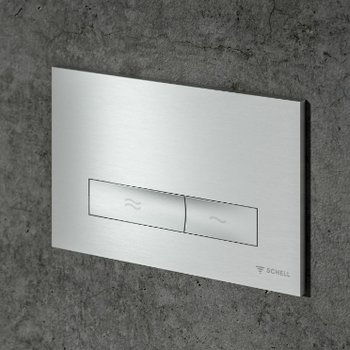
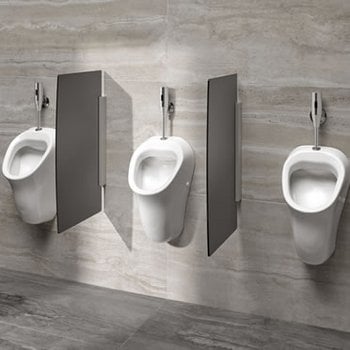
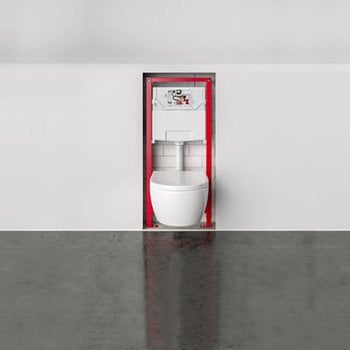
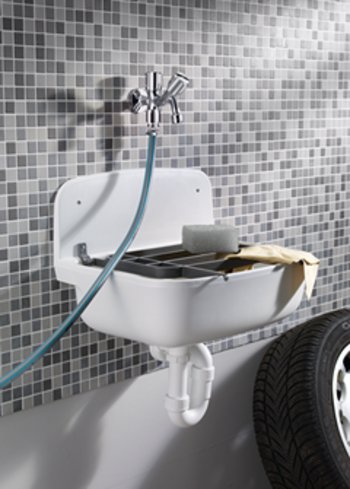
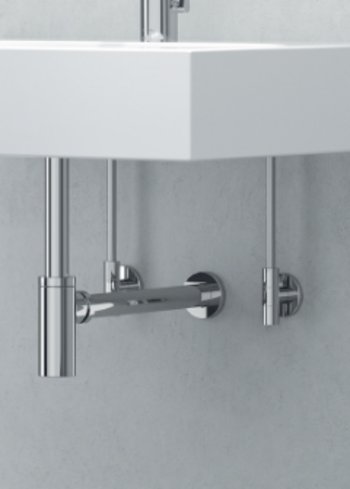
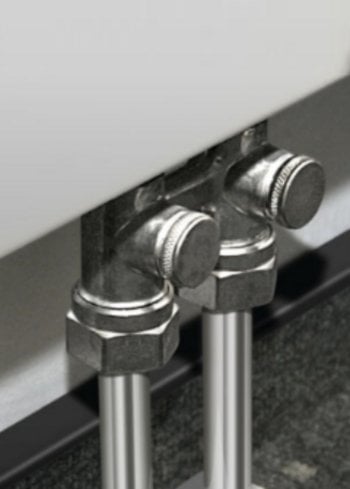
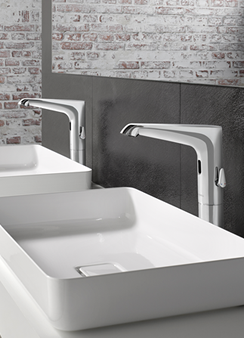
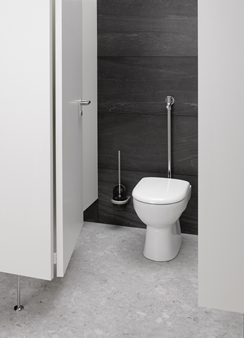
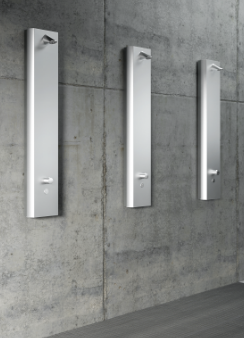

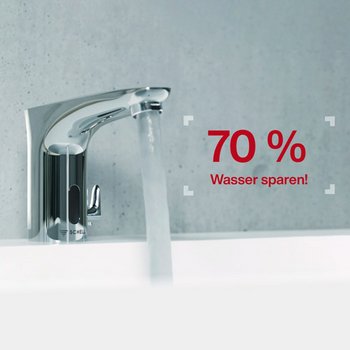
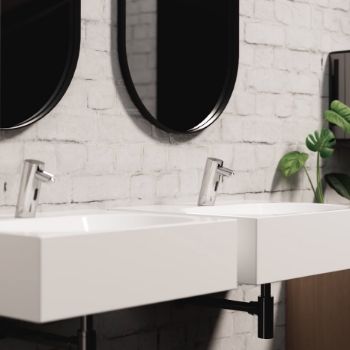
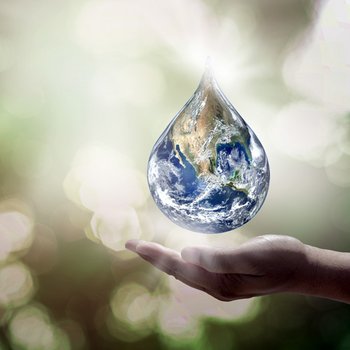
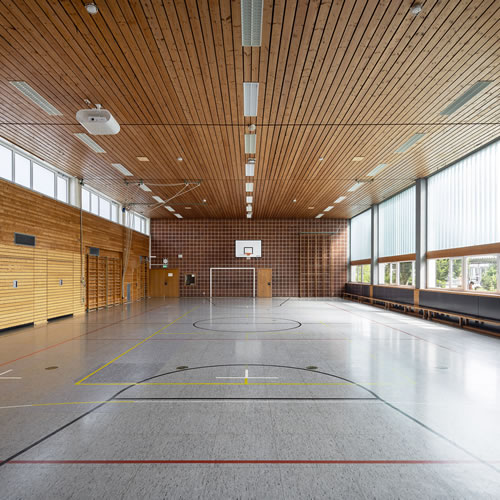
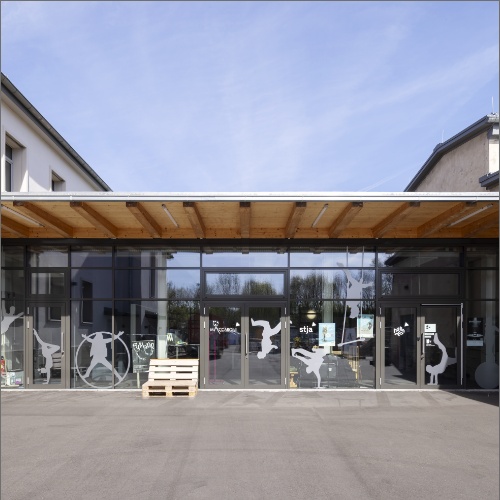
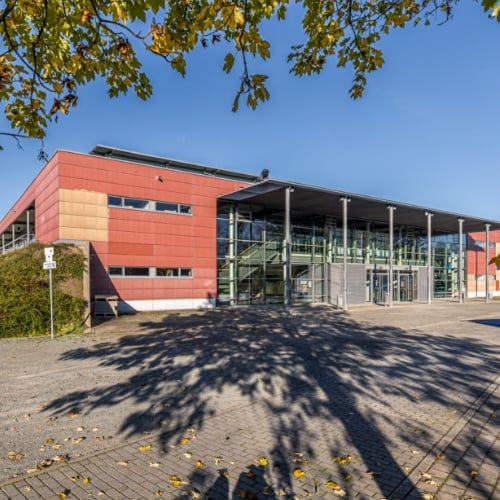

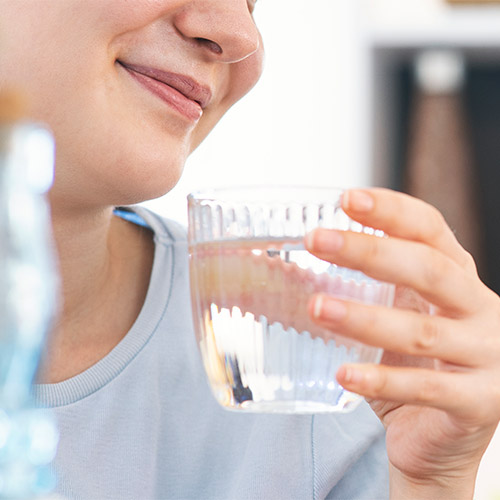
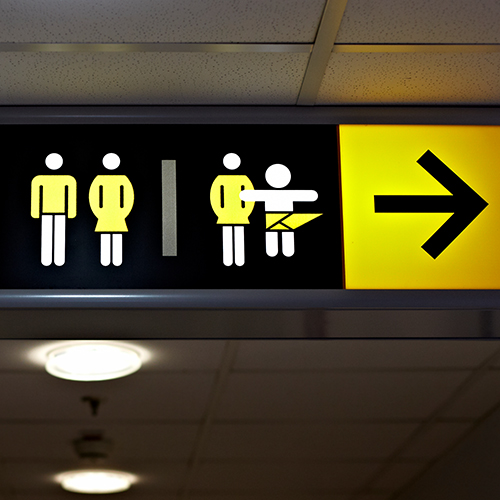
![[Translate to English:] [Translate to English:]](/fileadmin/user_upload/images/menu/menu_service_downloads_broschueren.jpg)
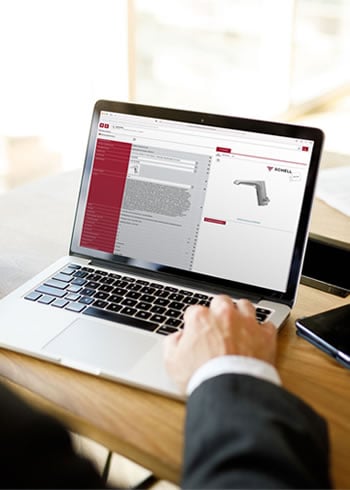
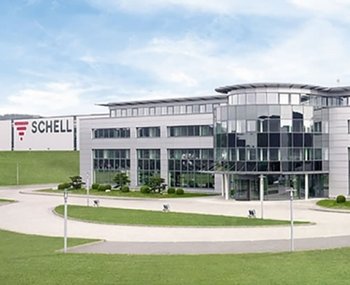


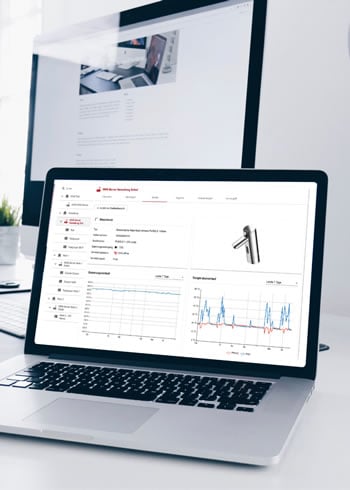

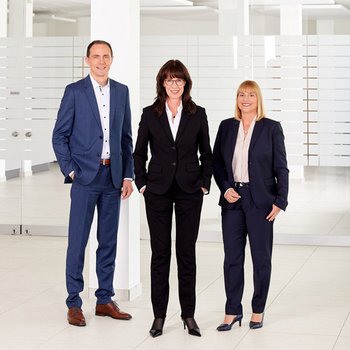
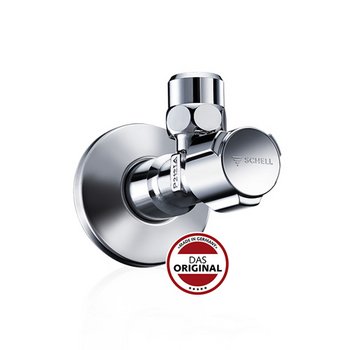
![[Translate to English:] [Translate to English:]](/fileadmin/_processed_/7/7/csm_menu_unternehmen_ueber-schell_awards_f6cec25b1d.jpg)
![[Translate to English:] [Translate to English:]](/fileadmin/_processed_/a/0/csm_menu_unternehmen_ueber-schell_wasser-sparen_41036d2dd9.jpg)


